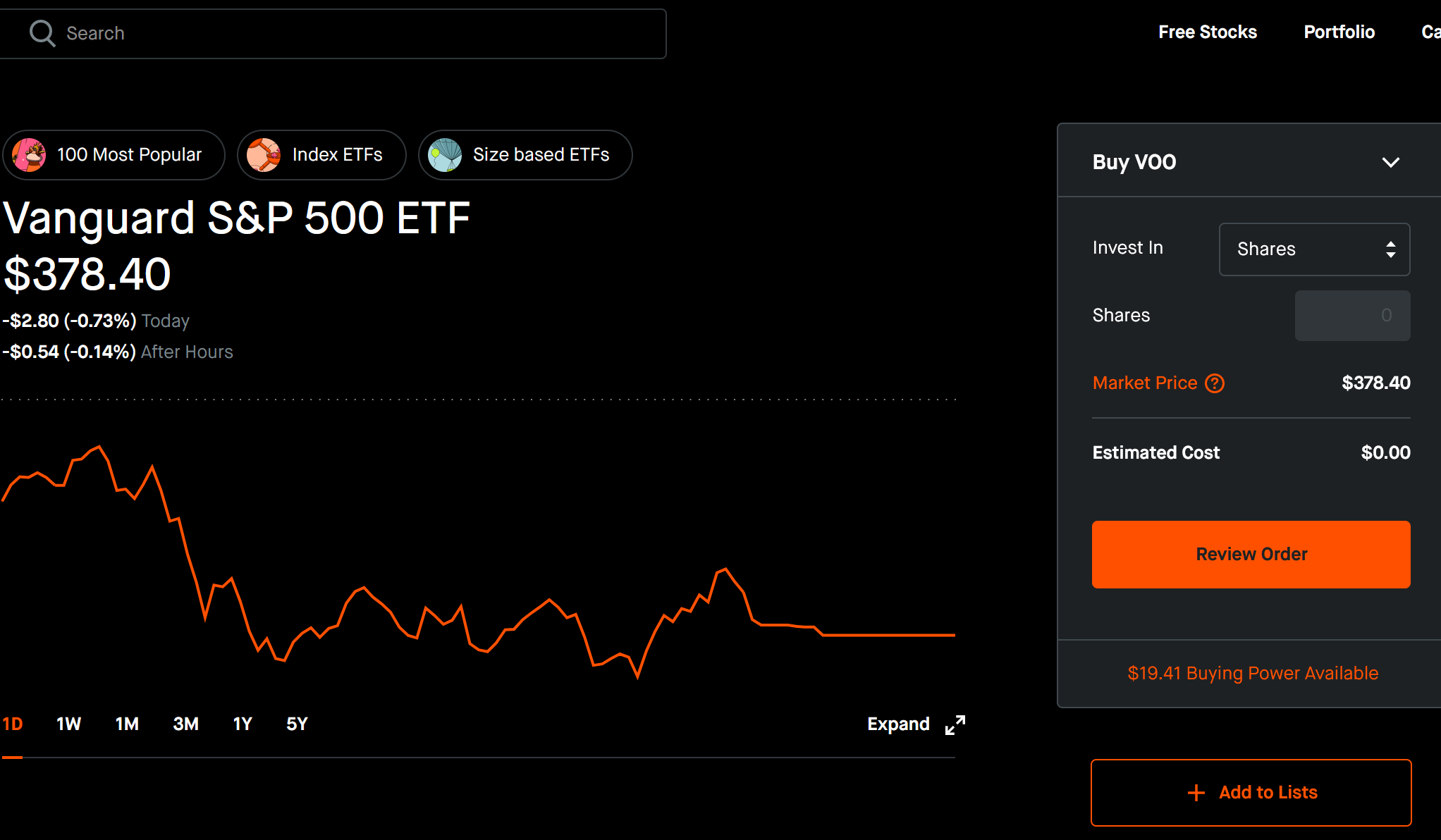
Despite recent fears about the economy or the banking sector, bank stocks still have attractive growth potential. If you're looking for solid dividend yields, bank stocks could be a good addition to your portfolio. If you are confident that interest rates will rise, bank stocks can be a good investment. However, rising interest rates can cause a number of disruptions to your economy. There are higher borrowing costs for both consumers and businesses as well as higher interest payment on loans. These changes will likely affect banks' profitability. Fortunately, nine banks stocks have proven to be strong in this changing interest-rate environment.
The largest US bank, JPMorgan Chase & Co., pays a dividend that is the biggest in the industry. This is due to the company’s strong balance sheet as well as low capital costs. The company's assets total $3.4 trillion making it one of largest financial institutions around the globe.
Citigroup Inc. pays the third largest US bank a dividend, second only JPMorgan. The company, which is a global financial services holding company, owns the consumer bank Citibank, Quicken Loans mortgage lender, and Allstate insurance company. The company currently has over 200 million customer account.

National Bank of Canada, another high-ranking dividend-paying bank, is also a top-ranked one. This bank was founded in 1973 and is centered on the Chinese-American community. It also trades at a reasonable valuation. Recent acquisitions including Worthington National Bank's acquisition in 2012 have also had a positive impact on the stock.
M&T Bank is one of America's most prominent regional banks. M&T stocks have increased 20% year-to-date. However, the second quarter results of the company were disappointing. Operating expenses increased 15% over last year, according to the company. Pandemic-related disruptions also impacted M&T's ability to lend.
BancFirst Bank (NYSE.BCB) is one of the most successful Wall Street stocks this year. The bank has a market capitalization of $4 billion, and serves the states of Oklahoma and Texas. The company beat top and bottom line numbers in July. The company also continues to make acquisitions. The stock's value-to-earnings ratio, at 4.8%, is one of the lowest among large banks. The company's dividend yield, 4.8%, is one of its highest in the banking sector.
It is also notable for its credit performance. It was able to generate nearly 60% of its income using rate spreads. While higher rates can negatively impact the company's profits, the low cost deposit funding will help reduce this risk.

Citigroup is the best bank stock right now. It has a solid balance sheet, and a history that pays high dividends. It also pays the highest dividend of the Big Four. The company's stock is down to $50, but it still trades at a reasonable valuation. 18 due diligence checks were also completed by the company.
FAQ
How do you choose the right investment company for me?
You should look for one that offers competitive fees, high-quality management, and a diversified portfolio. Fees are typically charged based on the type of security held in your account. Some companies charge nothing for holding cash while others charge an annual flat fee, regardless of the amount you deposit. Others may charge a percentage or your entire assets.
You should also find out what kind of performance history they have. Poor track records may mean that a company is not suitable for you. Avoid low net asset value and volatile NAV companies.
You should also check their investment philosophy. To achieve higher returns, an investment firm should be willing and able to take risks. If they are unwilling to do so, then they may not be able to meet your expectations.
What are the advantages to owning stocks?
Stocks are less volatile than bonds. The stock market will suffer if a company goes bust.
However, if a company grows, then the share price will rise.
Companies often issue new stock to raise capital. This allows investors to purchase additional shares in the company.
To borrow money, companies can use debt finance. This allows them to borrow money cheaply, which allows them more growth.
If a company makes a great product, people will buy it. As demand increases, so does the price of the stock.
Stock prices should rise as long as the company produces products people want.
What is a Stock Exchange?
Companies can sell shares on a stock exchange. This allows investors to buy into the company. The market sets the price for a share. It is usually based on how much people are willing to pay for the company.
Companies can also raise capital from investors through the stock exchange. Investors give money to help companies grow. Investors purchase shares in the company. Companies use their funds to fund projects and expand their business.
Stock exchanges can offer many types of shares. Some are called ordinary shares. These are the most common type of shares. These are the most common type of shares. They can be purchased and sold on an open market. The prices of shares are determined by demand and supply.
Preferred shares and debt security are two other types of shares. When dividends are paid, preferred shares have priority over all other shares. The bonds issued by the company are called debt securities and must be repaid.
Statistics
- Ratchet down that 10% if you don't yet have a healthy emergency fund and 10% to 15% of your income funneled into a retirement savings account. (nerdwallet.com)
- For instance, an individual or entity that owns 100,000 shares of a company with one million outstanding shares would have a 10% ownership stake. (investopedia.com)
- Individuals with very limited financial experience are either terrified by horror stories of average investors losing 50% of their portfolio value or are beguiled by "hot tips" that bear the promise of huge rewards but seldom pay off. (investopedia.com)
- Even if you find talent for trading stocks, allocating more than 10% of your portfolio to an individual stock can expose your savings to too much volatility. (nerdwallet.com)
External Links
How To
How to open a Trading Account
First, open a brokerage account. There are many brokers on the market, all offering different services. Some brokers charge fees while some do not. Etrade (TD Ameritrade), Fidelity Schwab, Scottrade and Interactive Brokers are the most popular brokerages.
Once you have opened your account, it is time to decide what type of account you want. You can choose from these options:
-
Individual Retirement Accounts, IRAs
-
Roth Individual Retirement Accounts
-
401(k)s
-
403(b)s
-
SIMPLE IRAs
-
SEP IRAs
-
SIMPLE SIMPLE401(k)s
Each option comes with its own set of benefits. IRA accounts have tax benefits but require more paperwork. Roth IRAs allow investors to deduct contributions from their taxable income but cannot be used as a source of funds for withdrawals. SEP IRAs are similar to SIMPLE IRAs, except they can also be funded with employer matching dollars. SIMPLE IRAs are very simple and easy to set up. Employers can contribute pre-tax dollars to SIMPLE IRAs and they will match the contributions.
You must decide how much you are willing to invest. This is the initial deposit. Most brokers will offer you a range deposit options based on your return expectations. You might receive $5,000-$10,000 depending upon your return rate. This range includes a conservative approach and a risky one.
Once you have decided on the type account you want, it is time to decide how much you want to invest. You must invest a minimum amount with each broker. The minimum amounts you must invest vary among brokers. Make sure to check with each broker.
After deciding the type of account and the amount of money you want to invest, you must select a broker. Before you choose a broker, consider the following:
-
Fees - Be sure to understand and be reasonable with the fees. Brokers will often offer rebates or free trades to cover up fees. However, some brokers raise their fees after you place your first order. Be cautious of brokers who try to scam you into paying additional fees.
-
Customer service – You want customer service representatives who know their products well and can quickly answer your questions.
-
Security – Choose a broker offering security features like multisignature technology and 2-factor authentication.
-
Mobile apps - Check if the broker offers mobile apps that let you access your portfolio anywhere via your smartphone.
-
Social media presence - Find out if the broker has an active social media presence. It might be time for them to leave if they don't.
-
Technology – Does the broker use cutting edge technology? Is the trading platform easy to use? Are there any glitches when using the system?
Once you've selected a broker, you must sign up for an account. Some brokers offer free trials. Other brokers charge a small fee for you to get started. After signing up you will need confirmation of your email address. Next, you will be asked for personal information like your name, birth date, and social security number. Finally, you'll have to verify your identity by providing proof of identification.
Once verified, your new brokerage firm will begin sending you emails. These emails contain important information and you should read them carefully. This will include information such as which assets can be bought and sold, what types of transactions are available and the associated fees. Also, keep track of any special promotions that your broker sends out. These promotions could include contests, free trades, and referral bonuses.
The next step is to create an online bank account. An online account can usually be opened through a third party website such as TradeStation, Interactive Brokers, or any other similar site. These websites are excellent resources for beginners. To open an account, you will typically need to give your full name and address. You may also need to include your phone number, email address, and telephone number. After all this information is submitted, an activation code will be sent to you. You can use this code to log on to your account, and complete the process.
After opening an account, it's time to invest!